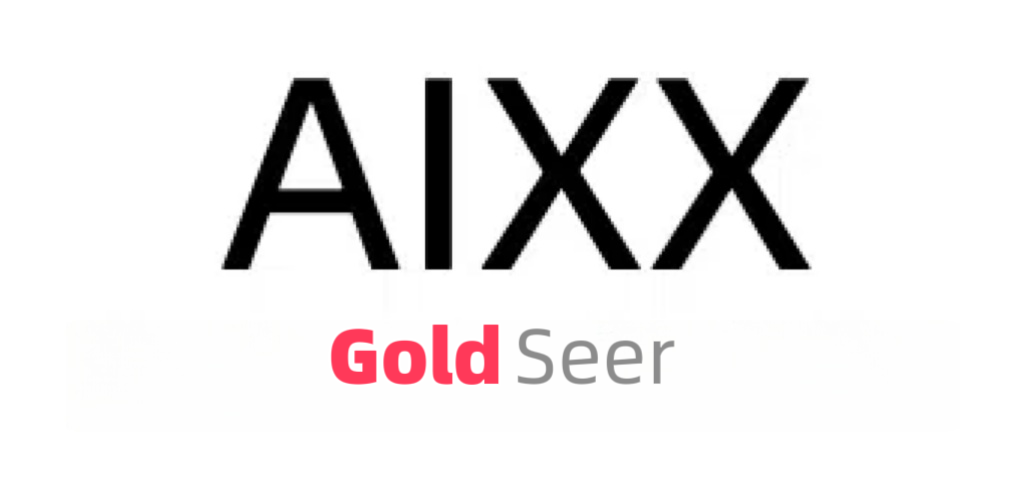F1 Teams Brace for Stricter Flexi-Wing Regulations at Chinese Grand Prix
F1 teams face stricter rear wing flexing tests at the Chinese Grand Prix as the FIA tightens regulations to ensure fair competition and performance balance.

The Chinese Grand Prix is set to witness a significant regulatory change as the FIA introduces stricter tests on rear wing flexibility for all Formula 1 teams. This move comes after the governing body observed potential performance advantages gained through wing flexing during the Australian Grand Prix.
Stricter Rear Wing Tests
The new regulations will limit the gap between the rear wing mainplane and flap to 0.75mm when a 75kg vertical load is applied during pit inspections. This is a significant reduction from the 2mm gap permitted in Australia. Additionally, a 0.25mm tolerance has been allowed for this race due to the short notice, but it will be removed for the Japanese Grand Prix, further tightening the gap to 0.5mm.
Performance Implications
Teams have long utilized wing flexing as a performance-enhancing strategy. By allowing the wing to change shape under load, drag is reduced on straights, increasing straight-line speed. As the car slows for corners, the wing returns to its maximum downforce configuration, improving grip. This balance between speed and downforce is crucial, especially with the current generation of cars, which struggle to achieve an ideal handling balance in both high and low-speed corners.
Future Regulations
The FIA has also announced plans to introduce stricter tests on front-wing flexing starting from the Spanish Grand Prix in late May. This indicates a broader effort to ensure that all teams compete on a level playing field, minimizing the advantages gained through aerodynamic flexibility.
Team Compliance
All teams were informed of the new rear wing regulations on Monday, and all complied during the Australian Grand Prix. The FIA's decision to implement these changes immediately underscores their commitment to maintaining the integrity and fairness of the sport.
As the Chinese Grand Prix approaches, teams will need to adapt quickly to these new regulations, potentially impacting their performance strategies and race outcomes.































